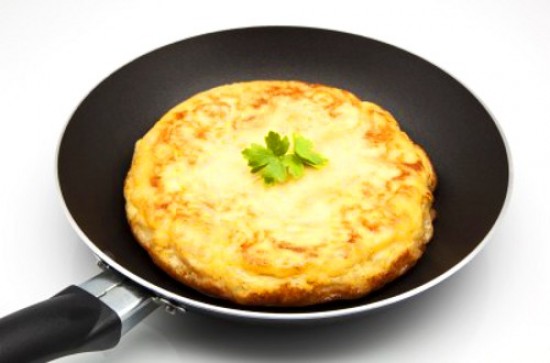I think I was born to be a Naturopathic Doctor.
Even at a young age, I was putting on my thinking cap and truly trying to “think things through”. You see, for a period of my childhood I was totally “into” having a parakeet as a pet. I would name them all names starting with “B” like, Bert the bird or Ben the Bird.
The reason I had more than one (bird’s tend to live a long time) is because they kept dying. Every few months, I was dealing with a dead bird. I was devastated when I would come home from school and my bird was lying lifeless at the bottom of its cage.
The devastation inspired my curiosity as to what the heck was happening. I started thinking about where the birds lived, what was the environment like? The bird cage (I would never cage an animal again, by the way) hung near the kitchen so I started to wonder what they might have been breathing that contributed to their demise. My inquisitive mind popped out the answer one day when my Mom was making dinner and smoke was filling the kitchen. I asked her what kind of pans she was using to cook in.
She stated proudly, “Non-stick Teflon. Easy clean up, they are the best!” Well, they weren’t the best for my birds and they are NOT the best for us either. STOP USING THEM! (Please.)
Nonstick pans are coated with a harmful chemical called perfluorooctanoic acid (PCOA).
PCOA exposure has been linked to cancer in the past and a recent study from West Virginia School of Public Health has found evidence that it might also be causing cardiovascular disease. I stopped using nonstick pans long ago and if you haven’t yet, you should….NOW.
But what a pain, right? How can you stop the food from sticking?
Well, I've got some tips!
Cast iron pans are perfect, and the food doesn’t have to stick to them if they are “seasoned” properly.
To do this, spread salt over the pan’s cooling surface, the heat it over high for about two minutes. Dump out most of the salt and then take a dry towel and scrub the pan with the remaining salt while it is still hot. Dump the rest of the salt and coat the pan with a cooking oil that has a high smoke point such as sunflower or canola oil.
Heat the pan until the oil smokes slightly, let cool, wipe out excess oil with a clean cloth and TA-DA! A safe nonstick pan. Simply repeat this process whenever the food starts to stick.
